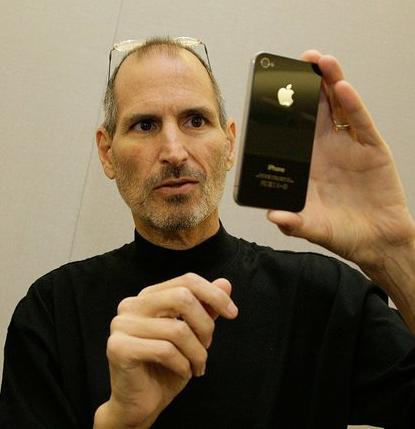Amazing Facts About Salesforce by Noltic.Com Experts
Salesforce was launched in 1999 by Marc Benioff. The 31-year-old founder decided to establish the platform after six months of practicing yoga and Eastern religions in Hawaii as well as India. Actually, Mr. Benioff took a leave of absence to remove the despondency that had disturbed him lately. That’s an interesting twist, isn’t it? If so, read more spectacular facts about Salesforce found by experts from https://noltic.com/ for you below.
Noltic Specialists State That Nine of Ten Fortune 500 Enterprises Employ Salesforce
The list of the CRM’s most active users includes, for example, the following well-known enterprises:
- Walmart. This US international retail enterprise has about 10.5 thousand clubs and stores in 19 countries. On top of that, the corporation operates plenty of e-commerce websites.
- McKesson’s. The latter is an American pharmacy company. The enterprise is both the operator of a chain of drugstores and a major distributor of pharmaceuticals. The company’s operational experience will hit 200 years soon.
- Toyota Motors. This famous global Japanese car producer manufactures up to 9.2 mln vehicles annually nowadays. The corporation has been the largest automaker worldwide over the past few years.
- Amazon. This well-known enterprise is the biggest e-commerce platform in the world. Additionally, the company owns many departments unrelated to the commercial sector (a publishing house, a movie studio, and many more).
This is Salesforce, which helped the brands above improve their efficiency, raise profits, enhance customer experiences, and refine staff interactions. These companies used the platform as a basis to create comprehensive apps. As a result, they are able to stay competitive and develop intensively today.
What Else Should Be Known About Salesforce?

The headquarters of the cloud-based CRM provider is higher than the Eiffel Tower and the Shard. Noltic.Com experts state that its altitude is over 326 m (nearly 1,070 feet). Such an astonishing elevation makes the main Salesforce Tower the highest building in San Francisco, where it’s situated, by the way.
It Wasn’t Steve Jobs Who Came Up With the Name App Store

You’re probably dumbfounded by this news. That’s the truth, though. The current application marketplace by Salesforce is called AppExchange. But it could have been named App Store, as Marc Benioff considered both of the mentioned titles. Actually, the title App Store was even trademarked by Mr. Benioff in 2005. Nevertheless, Marc presented the name to S. Jobs in 2008. This way, Mr. Benioff expressed his gratitude for Steve’s long-standing support.
Taming the Time

No-no, Salesforce hasn’t invented a time machine. At least so far. Instead, Mr. Benioff bought Time Magazine in 2018. Marc paid $190 mln for the iconic media brand. Thus, the Salesforce founder is the latest billionaire to take the reins of a globally influential publication.
Keeping up With the Gender Equality Trend

Referring to TrueList, Noltic experts claim that the staff of Salesforce Inc. includes more than 33% female employees. And the number of women is constantly growing, though. This is just one of many examples of the company’s commitment to staying ahead of current social tendencies, though. You can get more details on this subject, for example, at the topical blog at noltic.com.




















